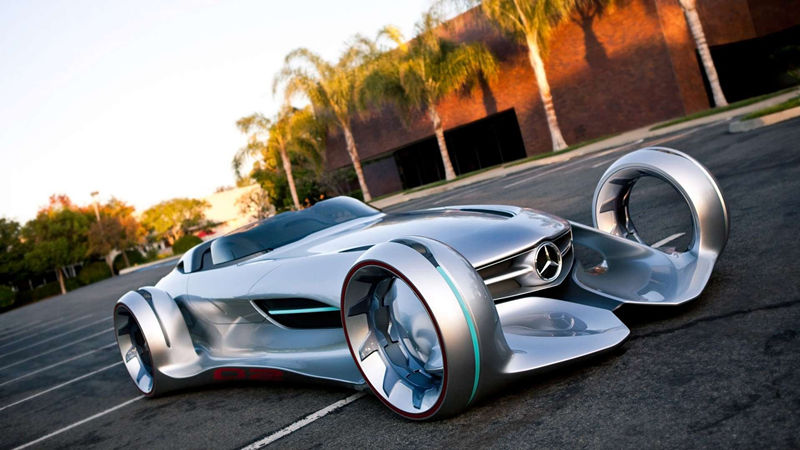Four Words that Mean “latest” in Mandarin
Do you have the latest iPhone?
What’s the latest on the U.S. presidential election campaign?
Did you see the fashions on display at the Shanghai Fashion Week?
Daily conversation so commonly revolves around the newest, the latest and what’s trending – whether it’s politics, world news, gossip from the office, or the latest Star Wars movie.
Confusingly, Mandarin has a number of words that translate to “latest”. This post aims to help demonstrate the difference between four of the most common ways.
Note: three of the four words below use the character 新 (new), while the other uses 时 (time). Read on to learn which word to use, when.
最新 (zuìxīn)
Literally translating to “most new”, 最新is a versatile word, broadly used to mean exactly that. Examples:
这是不是文件最新的版本?
(Zhè shìbushì wénjiàn zuìxīn de bǎnběn?)
Is this the latest version of this document?
告诉我吧, 最新的公司流言是什么?!
(Gàosù wǒ ba, zuìxīn de gōngsī liúyán shì shénme?!)
Tell me, what is the latest office gossip?!
我只有兴趣学习最新的技巧.
(Wǒ zhǐyǒu xìngqù xuéxí zuìxīn de jìqiǎo.)
I am only interested in learning the latest techniques.
这本书是笔者最新的吗?
(Zhè běn shū shì bǐzhě zuìxīn de ma?)
Is that the author’s latest book?

新款 (xīnkuǎn)
Another useful one, 新款 translates to “new style” and is typically used to describe the new or latest model, style or version of a product. Examples:
她总是买新款爱疯。真的是个果粉啊!
(Tā zǒngshì mǎi xīnkuǎn ài fēng. Zhēn de shì ge Guǒ fěn a!)
She always buys the latest iPhone. She really is an Apple fan!
你看那辆新款奔驰。那么好看!
(Nǐ kàn nàliàng xīnkuǎn bēnchí. Nàme hǎokàn!)
Wow, look at the latest Mercedes over there. Gorgeous!
我爱耐克的新款跑鞋。
(Wǒ ài Nàikè de xīnkuǎn pǎoxié.)
I love the new-style Nike running shoes.
新式 (xīnshì)
新式 refers to a new or latest type, as distinct from just a new version, and can be used to describe something that is generally up-to-date. Examples:
他们的厨房尽是最新式的器具.
(Tāmen de chúfáng jìn shì zuì xīnshì de qìjù.)
Their kitchen is full of the latest gadgets.
医院的设备都是新式的。
(Yīyuàn de shèbèi dōu shì xīnshì de.)
The hospital equipment was all up-to-date.
时髦 (shímáo) or 时装 (shízhuāng)
Our fourth “latest” word refers to the latest in fashion. There are in fact two words to choose from here: 时髦, which means “fashionable” generally, or 时装, which refers specifically to fashionable clothes. Examples:
她只买时髦的衣服给女儿穿
(Tā zhǐ mǎi shímáo de yīfú gěi nǚ’ér chuān.)
She buys only the most fashionable clothes for her daughter.
她只买时装给女儿穿。
(Tā zhǐ mǎi shízhuāng gěi nǚ’ér chuān.)
She buys only the most fashionable clothes for her daughter.
The differences between these Mandarin words for “latest” are subtle but distinct. To become comfortable using them correctly, as with any new vocabulary, practice whenever you can and listen out for them used in context.
Lastly, it’s worth noting that in English we also say “at the latest time”, an entirely separate meaning of the word “latest”. This is not covered here but if you wanted to say that, it would be最迟 (zuìchí). For example, “你最迟几点能来?”(Nǐ zuìchí jǐdiǎn néng lái ?) “When is the latest time that you can come?”.
Should you have any questions, feel free to leave them in the comments here and one of the Speak Up Chinese teachers will gladly help.





This Post Has 0 Comments